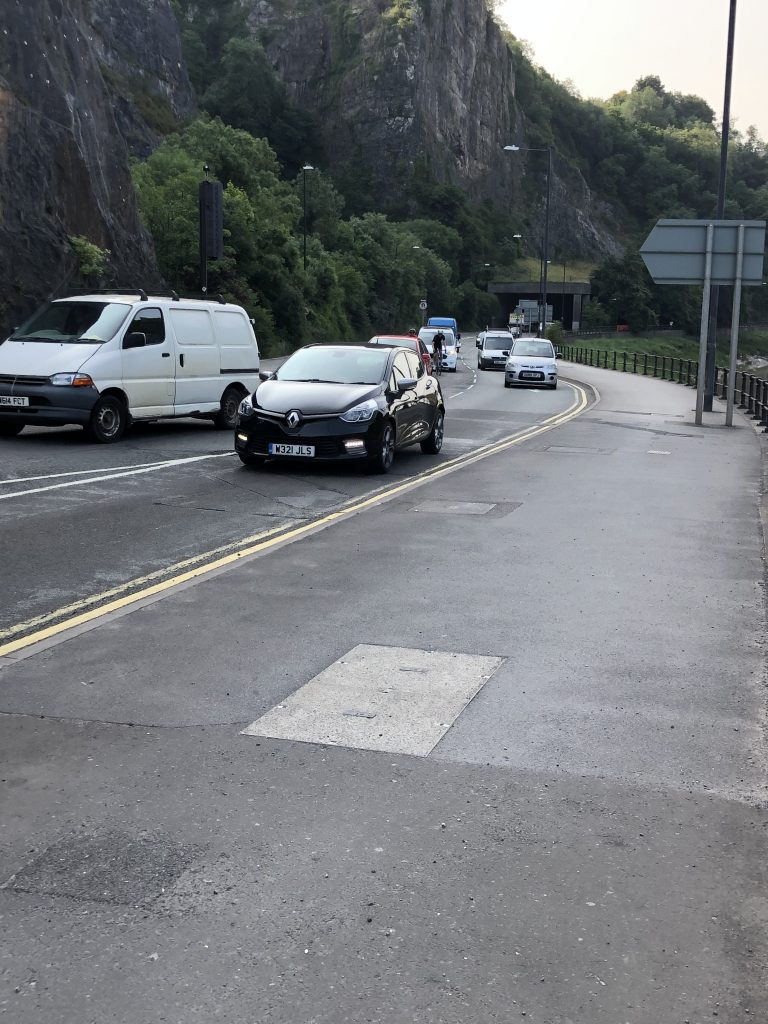Engagement Should Be Part Of The ‘New Normal’
‘We are living in strange times’
‘As we emerge from lockdown, things will never be the same again. Organisations will need to embrace a ‘New Normal’ At the time of writing this blog, we are living with the uncertainty about a potential second wave of Covid-19, our streets and screens are filled with important discussion and campaigning on the Black Lives Matter agenda and there is fear of the economic consequences of the pandemic and the job losses that may lie ahead.
On 23rd June Borris Johnson announced:
‘Two households will be able to meet up in any setting with social distancing measures’
‘Tourist attraction may reopen’
History continues to remind us of the positive things that have arisen after times of hardship and of the new possibilities that can emerge sometimes as a direct result of adversity. We are never surprised that the warmth of spring follows the cold of winter.
As the UK begins to emerge from lockdown, we are presented with a choice about how we perceive the world. It is paradoxically threatening and hopeful at the same time. The lenses we choose to look through will determine what we see and how we respond.
These photographs portray the Bristol Portway viewed from the same position. One reflects the intensity of traffic at rush-hour whilst the other captures the gentle flow of the River Avon running beneath the famous Clifton Suspension Bridge. Both perspectives can be observed from the same vantage point at the same time. We have a choice about which direction we face.
This blog explores how engagement can assist us in understanding the world through multiple lenses that together offer the potential to build something new. This does not in any way diminish the very real sense of fear and loss that many people will be experiencing at this time in both their personal and working lives. The starting point for any engagement process is arguably to acknowledge these feelings and explore how people can best support one another in the challenges faced individually and collectively.
Putting structure and systems under pressure
We know that when a structure is put under pressure, cracks will appear at the weakest point. Engineers learn lessons from past designs so that they can build something stronger for the future. Progress is achieved from a continual process of learning and adapting. Learning does not just come from examining the cracks, it comes from looking at the whole structure and from understanding the wider context in which the structure sits. Human systems and organisational structures are no different. When we put them under pressure, the weakest point often becomes apparent. We may attempt to repair organisational cracks without first understanding more deeply the context in which the pressure built, and the crack first appeared.
Engaging the system
If we want or need a system that behaves differently, then we need to avoid metaphorically plastering over the cracks in the hope that this will make things better. Examining organisational cracks will require the courage to examine issues about ourselves and our organisations that may be uncomfortable or even unpleasant. It may involve facilitating conversations that shift the balance between who talks and who listens. Truly engaging the whole system in such dialogue will surface insights and perspectives that can create a new direction and one that allows organisations to translate diversity into creativity.
On whose terms
A human system will often manifest a desire to remain the same. In this desire to remain the same, the system creates ways of engaging its different parts that promote stasis rather than change. For example, an engagement process may be led by people more senior in the hierarchy and involve people who already have more influence and ‘voice’ in the organisation. This can perpetuate statis in ways of thinking, in the generation of ideas and can inhibit creativity and innovation. For engagement to become more authentic, a far greater range of voices will need to be heard, and attention given to ideas and perspectives that are less commonly heard.
So, what stops this happening if it can help organisational cracks appearing in the first place or can address such cracks more rapidly and effectively?
Shifting power
For an organisational system to engage everyone, a shift in power is necessary. In our traditional (western) mindset, we often associate power with words such as seniority, position, and influence. Accordingly, shifting power assumes that traditional organisational structures are challenged. If we examine an organisation through a complex systems lens, we can understand it in a very different way.
Seniority: Everyone in a complex system already has equal importance. The contribution of others might be different, but has equal value to those who are at the ‘top’ of the organisation.
Position: Shifting power in a complex system does not undermine the authority of those in designated leadership roles and positions. Systems function well when people take up their personal authority and use it effectively and appropriately. This calls into question how systems become accountable to all agents not just those within the traditional hierarchy (a theme for a future blog).
Influence: The ability to influence in a complex system is determined by our ability to take up our agency within those systems, rather than waiting for permission to act. Shifting power means working towards an organisational dynamic where all have equal power in the system. This inevitably means that some individuals may have a sense that they have had to give up or lose power. The phrase to ‘give up’ is used deliberately here. There are only two ways in which power can move from one individual to another, it is given, or it is taken. Once a system gets to the point where individuals feel they need to take power, the system has often reached a point of crisis.
Learning: When a system is under pressure, we often observe people or organisations wanting to hold on to power. To create environments where real engagement happens, we need to be confident that our own position is not threatened or our ability to influence undermined. Rather, there will be a greater level of energy and commitment to the organisation that can be used to achieve goals and ambitions.
Relationship Building
The systems I have observed that have remained the strongest during lockdown are those which invested in the quality of relationship building before lockdown began. The people within those systems have remained engaged and connected whilst the organisation has faced the challenges that the Covid-19 pandemic presented.
To fully understand the strength and resilience of a human system, we have to look beyond 1:1 relationships in individual teams. Strength also lies in the way in which teams relate to each other within and across the organisation and in the way in which the organisation relates to others in economic and social systems.
Learning: Building systems in a way that creates positive relationships requirement investment in relationship building, especially at times when the system is not under pressure. This requires deliberate time and energy and positive intent by the organisation.
Conclusion
Systems work most effectively when they are built around the significance of good relationships and where time and energy has been invested and committed to engaging each member and part of the system. The pace of organisational life can often mitigate against building this as an organisational foundation and can encourage us to focus our attention in one direction. But the truth is that an organisation’s ability to perform optimally will be shaped by the quality of relationships and the investment made in engaging the involvement and participation of all those people within it. Their perspectives, ideas, talents and contributions will all be different and will give us the opportunity to observe our organisations in new and exciting ways. Harnessing this as an asset will create strength and resilience in the system both in times of calm and when new challenges come.


